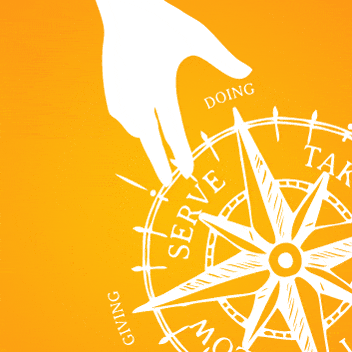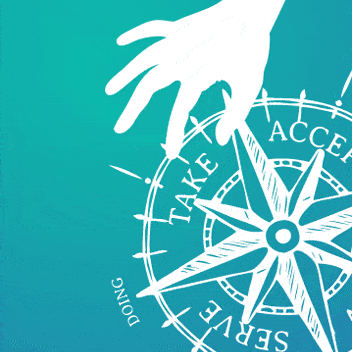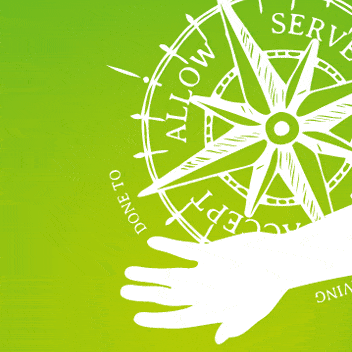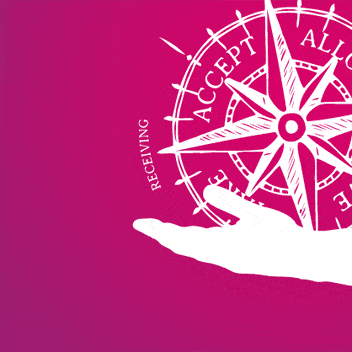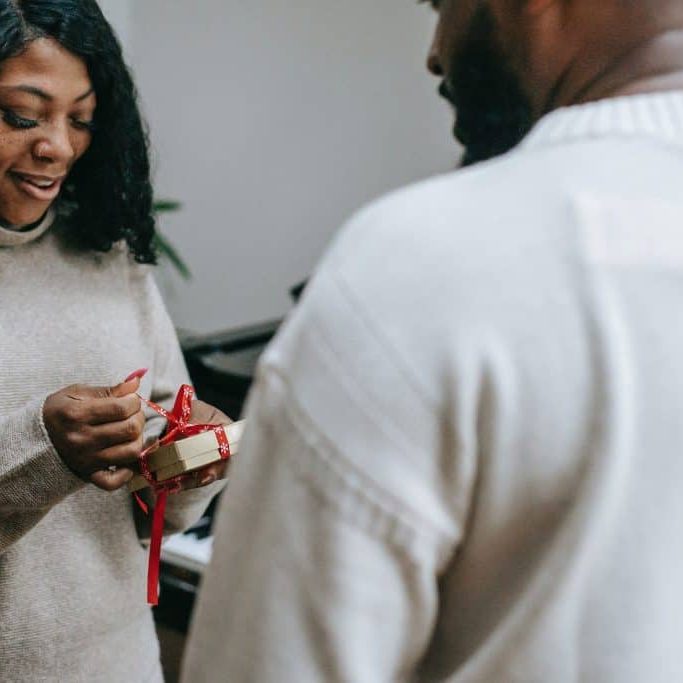
4 steps you can take to give and receive better
Why do so many of us find it such a minefield to give and receive?
I’m sure you’re familiar with
- The work colleague who keeps borrowing your phone charger, but never gives it back
- The flatmate who expects the washing up to happen by magic
- The friend who gets grumpy when you try to give them good advice
And don’t get me started on family members who play the martyr…
We’ve all been there!
How many times have you thought you were in a simple interaction only to end up in a tangle with someone feeling confused, or even upset?
It’s often because what one person thinks of as giving (or receiving) isn’t quite the same as what the other person does!
And without clear agreements, things can get muddy fast.
But it doesn’t have to be as complicated as you think. There are 4 essential steps you can take to help you give and receive better:
Step 1. Learn what you want
The crucial first step is to get better at noticing what you want for yourself – and also trusting and valuing your needs and desires, rather than ignoring them. In a world which tells us ‘I want doesn’t get’, that’s quite a radical proposition, but trust me it’s fundamental if you want to learn how to give and receive more enjoyably.
It might sound strange, but my Learn To Touch self-study course is actually a great way to start building this skill
Step 2. Ask for what you want
Once you get better at noticing what you want, you then need to ask for it! You can ask someone to take action on your behalf. Or you can take action for it yourself. Either way most people aren’t mind-readers, so it’s unlikely you’ll get what you want – consentingly, that is – until you ask for it (and no, giving someone a back rub in the hope they’ll give you one in return doesn’t count!).
Discover how you can improve your ability to Meet Your Needs
Step 3. Create better boundaries
Nobody likes to be taken advantage of. But when you know how to identify what you DO want, it gets so much easier to recognise what you DON’T want when you encounter it. And this means it’s much easier to set clear limits before things go too far – and then stick to them without feeling awkward or unsure.
Find out more about how to Enjoy Better Boundaries
Step 4. Give without over-giving
Knowing what you want means you can choose to willingly set it aside (at least temporarily) in order to give generously and joyfully for someone else’s benefit. Being able to tell where your willingness starts and ends is one of the things which can really help you Build A Healthy Relationship – where both people are in agreement about what is (or isn’t) happening.
So, in a nutshell, the secret ingredient at the heart of being able to give and receive better is…. knowing what you want.
Which is something most of us could do with a lot more practice at!
The Wheel Of Consent is a great tool to help you get clearer about what you want, what you’re willing for – and how to tell the difference.
And that’s the surest way to more enjoyable giving and receiving – for everyone.
The quadrants
Each quadrant in the Wheel Of Consent creates a different experience and teaches you something different about yourself. Learn more about each one:
Enjoyed reading this?
If you've found this page helpful you can get more tips and resources for better relating straight to your inbox. Sign up here and get my free How To Be Heard guide to start you off:
Explore more:
A simple approach to consent and boundaries
If you feel overwhelmed by the idea of consent and boundaries here are some simple things to focus on which will make it easier to understand.
Read MoreWhy are we so scared of talking in the bedroom?
Talking in the bedroom is often viewed as ‘dirty’ or avoided completely. Find out why it’s time to change that narrative.
Read MoreGiving and receiving explained – 6 key ways to tell the difference
If you think giving and receiving don’t need to be explained you might be surprised by this handy guide that breaks down the differences
Read MoreEvents & courses
Learn To Touch – Supported Self Study Course
Online. Discover a whole new approach to touch that will change how you feel – literally! A short, affordable, practical guide you can learn in less than an hour a day.
Read More